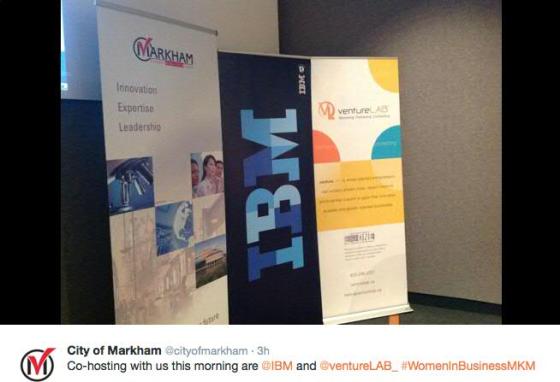
Photo Credit: J. Ng May, 2015 Conceptual Art. Lenbachhaus Museum, Munich, Germany.
One Sat morning I went to Starbucks to get my grande bold. The old lady in front of me looked a little queer. She ordered two tall pikes and paid with a Starbucks gift card. After several attempts, the server said, “Sorry Mam. The card did not work. Do you have any other method of payment?” After fumbling through her purse and all her pockets, embarrassed, she shook her head as if she just wanted to disappear. All eyes were on her. Before anyone had an opportunity to respond, another server took out two tall pikes, nicely put on a paper tray, with a big gentle smile, he looked this old lady in the eyes and said, “It’s on the house. My pleasure to serve you.” The lady was surprised but delighted. As she added milk to her coffees, her hands were shaking uncontrollably, likely due to some chronic problems. The hot coffee spilled on her hands causing burns, making a mess & a big scene. One server immediately came, attending to her burns, making sure she was OK. The other server went to pour two new cups of tall pike. Knowing her hands were not steady, he asked her politely if he could put in the cream for her, attending to details asking 2% milk or cream and how much she wanted, if she wanted sugar. The lady’s shame was turned into joy, enjoying the moment to be treated like a queen. Asked if she needed anything else, she answered no. The two servers walked her to the door, then came back to clean up the floor. I couldn’t help but to go up to the two servers and thank them for their good service and kind heart.
One might argue that coffee is different from a seat on a plane. But there is so much United Air can learn from how Starbucks treats non-paying, troublesome customers, so United Air can treat their paying customers with more respect.
To illustrate the gravity of the United Air’s narcissistic business practices, someone came up with the following restaurant analogy. Can you imagine that you went to a restaurant to eat. You sat down. Ordered your food and actually paid for it. With the food you ordered and paid for placed in front of you, the owner of the restaurant came out and told you his employee needed to eat before taking his next shift and asked you to get out of your seat so his employee can eat your plate that you paid for. You refused. You were upset. You insisted to eat the plate of food you paid for. The owner sent in two security guards, assaulted you, then threw you out of the restaurant. As ridiculous as it sounds, that is exactly what United Air did: bullying and cheating their customer, when they assaulted a customer who has fully paid his fare and had boarded the plane, then got dragged off the plane just because the airline’s employees needed that seat that was rightfully the customer’s.
When the company is obsessed by greed for profit, they lose sight of customers. Customers become their inconvenience. Such abandonment of respect creates a very toxic culture for the company that will eventually crumble the company.
The contrast between Starbucks and United Air is far too profound and significant. Good company culture always starts with the top.
#CompanyCultureThatMatters
#LiveRespect


